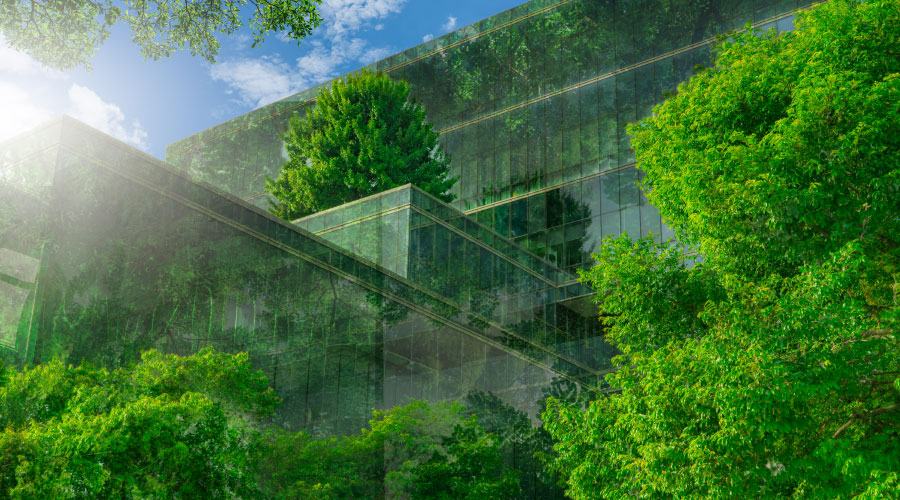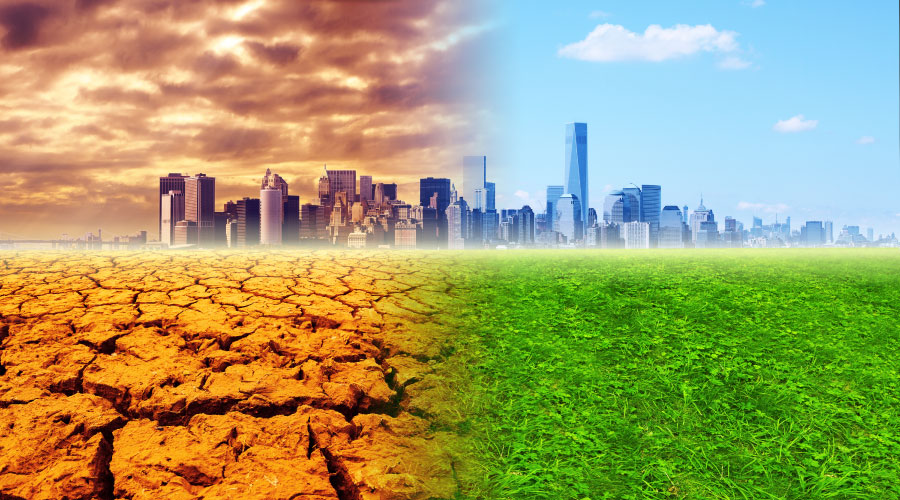Increasing Water, Wastewater Costs Demand Improved Efficiency
Across the nation, water and wastewater costs have been increasing rapidly, and show no signs of slowing down. Clearly, water is a crucial commodity often taken for granted. For generations Americans have enjoyed the benefits of the world's most reliable water and wastewater systems.
Continuing advances in wastewater technologies makes our water cleaner and still it remains one of the true "bargains" among crucial U.S. commodities. Today, water costs are generally inexpensive, but the days of inexpensive water are about to change.
Water and wastewater rates have increased faster than any other utility or service commonly purchased by facilities. In dollar amounts, water and wastewater costs are still lower than electricity costs for a facility, but the gap is narrowing. Many facility managers are finding that becoming more water efficient is an effective way to improve their bottom line.
Regulators and utilities revisit water and sewer rates on an annual basis. The rate increases are needed to fund new infrastructure investments and treatment plants, and to ensure water and wastewater rates cover today's higher operating costs. Devising ratemaking strategies that address the new realities of today's markets will be a challenge. But they are a necessary step if the utility industry is to make the long-term investments needed to help ensure reliable, affordable and increasingly clean water.
The national average combined sewer and water rates is currently in the area of $7.50 per thousand gallons. According to the Earth Policy Institute, between 2002 and 2007, municipal water rates increased an average of 27 percent in the United States, 32 percent in the United Kingdom, 45 percent in Australia, 50 percent in South Africa and 58 percent in Canada.
In most commercial operations, according to the WaterSense program of the U.S. Environmental Protection Agency, the three top water-using areas are restrooms, irrigation systems and cooling towers. It's important that facility managers understand the cost of water and wastewater for operations commonly found in commercial facilities, how water efficiency can help control the bottom line for the top three types of uses, and how new codes, standards, and regulations will change facility managers' ways of doing business.
Related Topics:














